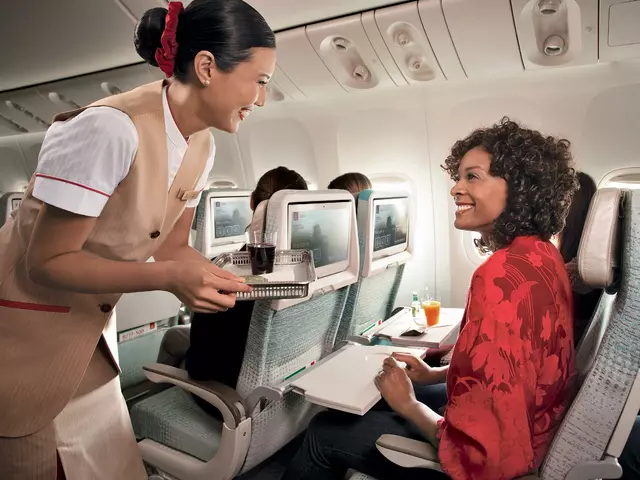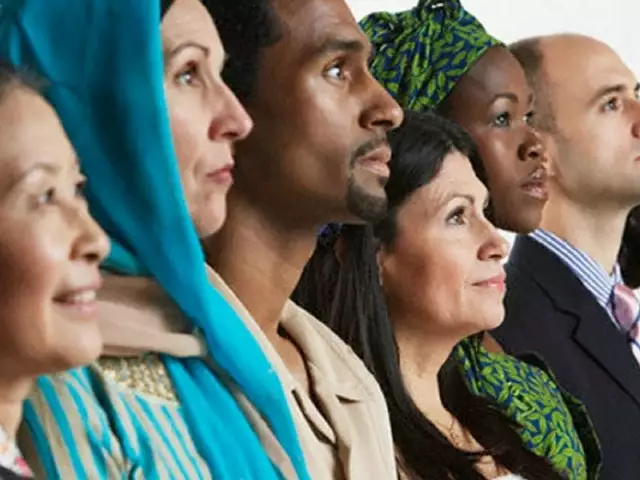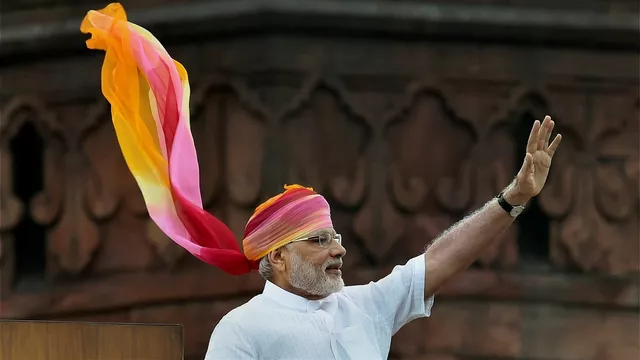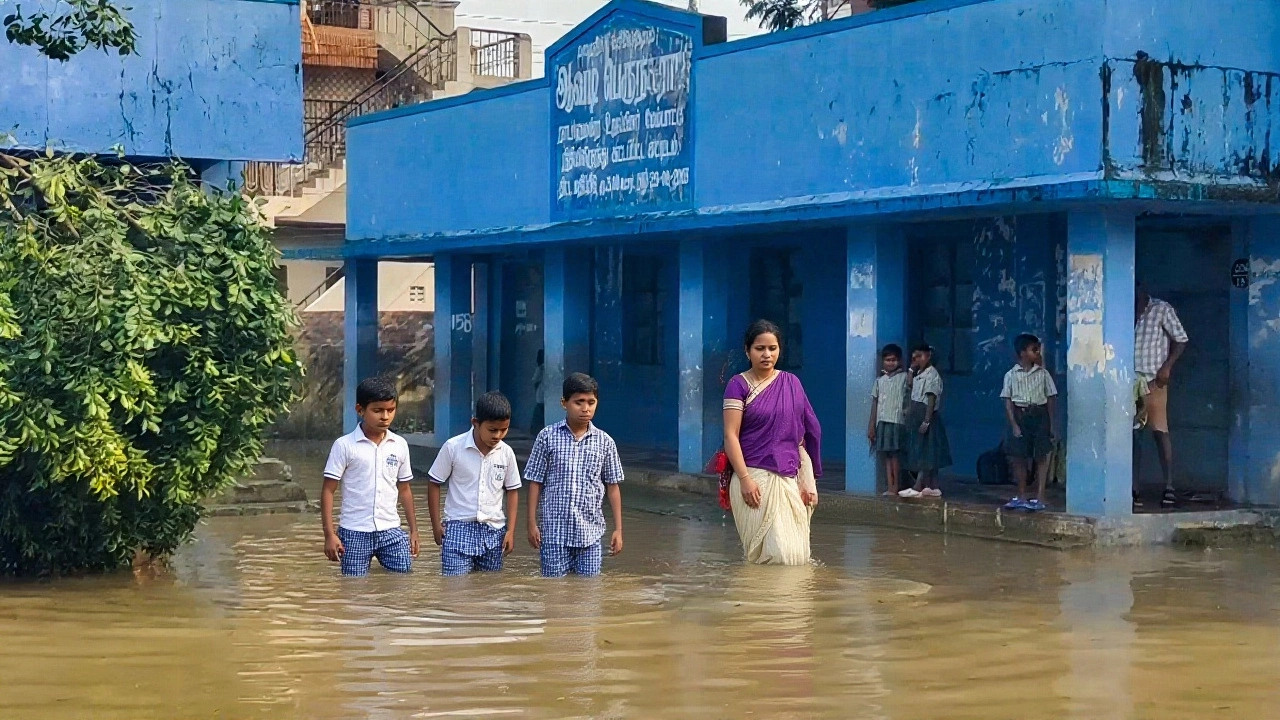
The Kendriya Vidyalaya Sangathan officially unveiled its 2025-26 academic holiday schedule on January 13, 2025, setting the rhythm for over 1.25 million students and 60,000 teachers across 1,257 schools nationwide. The announcement, issued from its New Delhi headquarters, isn’t just a calendar—it’s a carefully balanced compromise between national unity and regional diversity. Summer break stretches 50 days, from April 9 to May 28, 2025. Winter break? Just 10 days, but only if you’re in Ernakulam. In Mumbai, it’s a full 50 days. And that’s where the real story begins.
Why the Holiday Split Matters
Here’s the thing: Kendriya Vidyalaya Sangathan doesn’t dictate every single day. It sets the framework, then lets regional offices tweak it. The Central Government Employees Welfare Coordination Committee (CGEWCC)—a quiet but powerful body of ministry officials—decides which religious and national holidays are mandatory. That’s why Makar Sankranti, Diwali, and Christmas show up everywhere. But Pongal? Only in Tamil Nadu and parts of Karnataka. Ganesh Chaturthi? Big in Maharashtra, barely noticed in Assam.
Take the winter break. The Ernakulam Regional Office, in its February 7, 2025, circular, lists December 23 to January 1 as the break. Meanwhile, Mumbai’s December 10, 2024, document stretches it from December 10 to January 28. Why? Because Maharashtra’s school year ends later, and winter weather hits differently. One size doesn’t fit all—especially when you’re managing schools from Leh to Kanyakumari.
The Holiday List: What’s Fixed, What’s Flexible
Let’s get specific. The core holidays are non-negotiable:
- Republic Day — January 26, 2025 (Sunday)
- Independence Day — August 15, 2025 (Friday)
- Diwali — October 20, 2025 (Monday)
- Christmas — December 25, 2025 (Thursday)
- Good Friday — April 18, 2025 (Friday)
These are gazetted holidays, stamped by the CGEWCC after their November 27, 2024, meeting—minutes of which were quietly circulated to all 26 regional offices. But then come the regional variations. In Andhra Pradesh and Telangana, Pongal (January 14, 2025) is a closed holiday. In Gujarat, Varalakshmi Vritham (August 8, 2025) shuts down schools. In Bengal, Janmastami (August 16, 2025) is treated as a restricted holiday—meaning staff can opt in or out. And yes, Additional Day for Dussehra on October 1, 2025, is officially a CGEWCC-declared holiday, even though Dussehra itself falls on October 2.
Oddly enough, some schools list holidays that don’t appear on the central list. PM SHRI KENDRIYA VIDYALAYA No. 1 Raipur, for instance, added February 26, 2025, as a regional holiday. Why? Probably local elections or a state festival. The system allows it.
Who Decides What, and How?
The CGEWCC is the invisible hand. It’s not a public-facing body. No press releases. No Twitter threads. Just a room full of bureaucrats from the Ministry of Education, HRD, and Finance, meeting behind closed doors. Their November 2024 meeting laid out the rules: 15 mandatory holidays, 8 regional ones, and 10 restricted holidays where staff can choose to take leave.
Regional offices like Kolkata, Mumbai, and Ernakulam then layer on local flavor. The Mumbai office even published a 1 MB document titled “MINUTES OF MEETING OF CGEWCC HELD ON 27.11.2024”—a rare public glimpse into the decision-making engine. That document, along with circulars from Ernakulam and Kolkata, shows how tightly coordinated this process is.
It’s not just about religion. It’s about logistics. If a school is in a mining town like Binnaguri, they might close for local fairs. If it’s near a temple town like Tirupati, they’ll align with temple festivals. The system works because it’s decentralized—but not chaotic.
What This Means for Parents and Teachers
For parents, this means checking your child’s specific school’s website. A holiday list from Delhi won’t help if you’re in Assam. The Kendriya Vidyalaya Sangathan website (kvsangathan.nic.in) is the starting point, but regional PDFs are where the real details live. Many schools, like PM SHRI KENDRIYA VIDYALAYA No. 1 Binnaguri Cantt, posted their own lists as early as January 21, 2025.
For teachers, it’s a mixed bag. Some holidays are paid off, others require leave. Restricted holidays mean you can take a day off without using your annual leave—but only if your principal approves. And if you’re in a region with fewer holidays, you’re working more days than your colleague in Tamil Nadu. No one’s complaining publicly. But quietly? There’s been chatter.
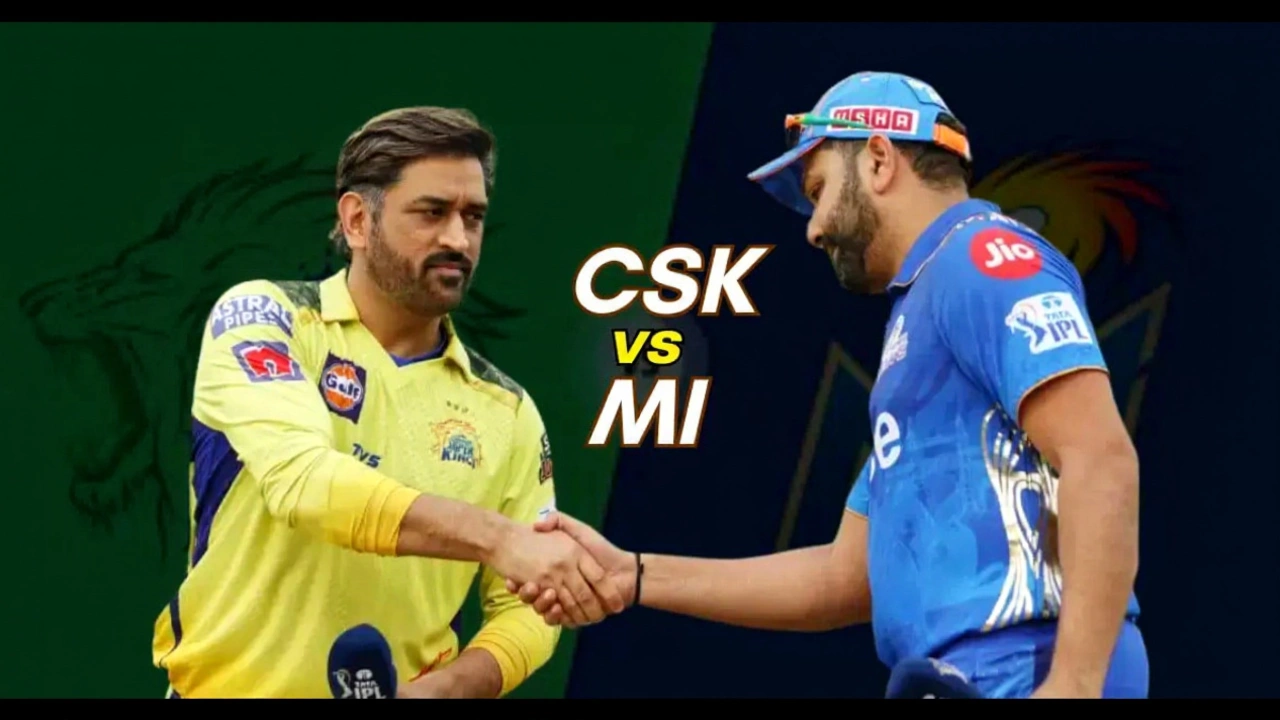
What’s Next? The Ripple Effect
This calendar doesn’t just affect students. It shapes the entire education ecosystem. Coaching centers time their batches around KVS breaks. Private schools often mirror KVS dates to keep parents happy. Even local businesses—bookstores, stationery shops, and transport services—plan their peak seasons around these dates.
And there’s a quiet revolution happening. For the first time, regional offices are publishing their holiday lists with clear labels: “Closed,” “Restricted,” “Optional.” That transparency is new. It’s a response to years of confusion. Parents used to call schools in March asking why Diwali was off but not Pongal. Now, the answer is right there in the PDF.
The real win? This system balances national identity with cultural diversity. A Sikh child in Punjab and a Hindu child in Kerala both get their major festivals. But neither has to sit through 15 days of holidays that don’t mean anything to them.
Background: How This System Evolved
This isn’t the first time KVS tried to standardize holidays. Back in 2018, a top-down approach caused backlash in the South. Tamil Nadu schools protested when Pongal was listed as a restricted holiday. The CGEWCC listened. By 2021, they began allowing regional offices to elevate local festivals to “closed” status. The 2025-26 calendar is the most refined version yet.
It’s also a reflection of India’s changing demographics. In 2025, over 30% of KVS students are from non-Hindi speaking families. The holiday list now acknowledges Jain, Buddhist, and Christian festivals with equal weight. That’s progress.
Frequently Asked Questions
How do I know which holidays apply to my child’s school?
Always check your specific school’s official website or regional office circular. While core holidays like Diwali and Independence Day are uniform, regional festivals such as Pongal or Ganesh Chaturthi vary. Schools in Maharashtra will close for Ganesh Chaturthi, but those in Tamil Nadu won’t. The KVS Sangathan portal lists regional office contacts for direct confirmation.
Why is winter break so different between Mumbai and Ernakulam?
Mumbai’s 50-day winter break aligns with Maharashtra’s academic calendar, which ends later due to monsoon delays and local exam schedules. Ernakulam’s 10-day break fits Kerala’s tighter schedule and avoids overlapping with the Onam festival season. These aren’t errors—they’re deliberate regional adaptations approved by the CGEWCC to reduce disruption.
Are all religious holidays treated equally in the KVS calendar?
Yes. The CGEWCC ensures equal representation: Hindu, Muslim, Christian, Sikh, Jain, and Buddhist festivals are all included as mandatory or regional holidays. For example, Milad-Un-Nabi and Guru Nanak’s Birthday are now official closed holidays, not just optional. This reflects KVS’s commitment to secularism and inclusivity across its diverse student body.
What’s the difference between a ‘Closed’ and ‘Restricted’ holiday?
A ‘Closed’ holiday means all schools shut down and staff get a paid day off. A ‘Restricted’ holiday means schools remain open, but staff can apply for leave without using annual leave. For example, Varalakshmi Vritham is restricted in many regions, so teachers can take the day off if they observe it, but classes continue for others.
Do private schools follow the KVS holiday calendar?
Many private schools, especially those catering to government employee families, align with KVS dates for convenience. However, they’re not legally bound to. Some even extend breaks to attract students. But for consistency in multi-school families, KVS remains the unofficial national standard.
When will the 2026-27 holiday list be released?
Based on past patterns, the next calendar will be finalized by late November 2025, following the CGEWCC’s annual meeting. Regional offices typically release their versions by January 2026. Keep an eye on kvsangathan.nic.in and your school’s portal starting December 2025.
